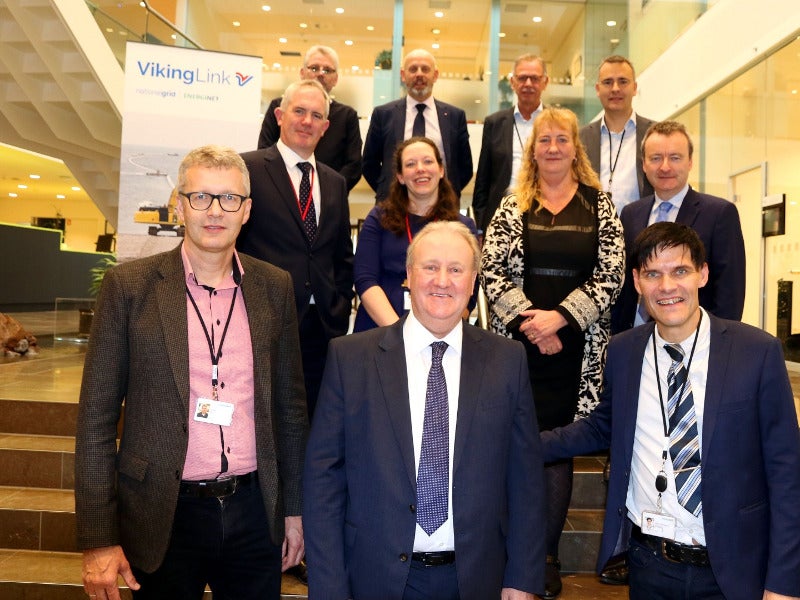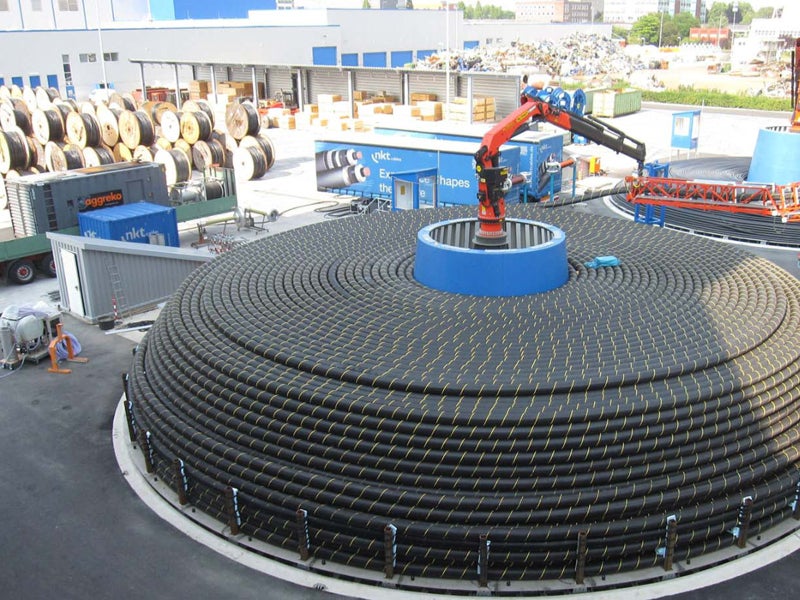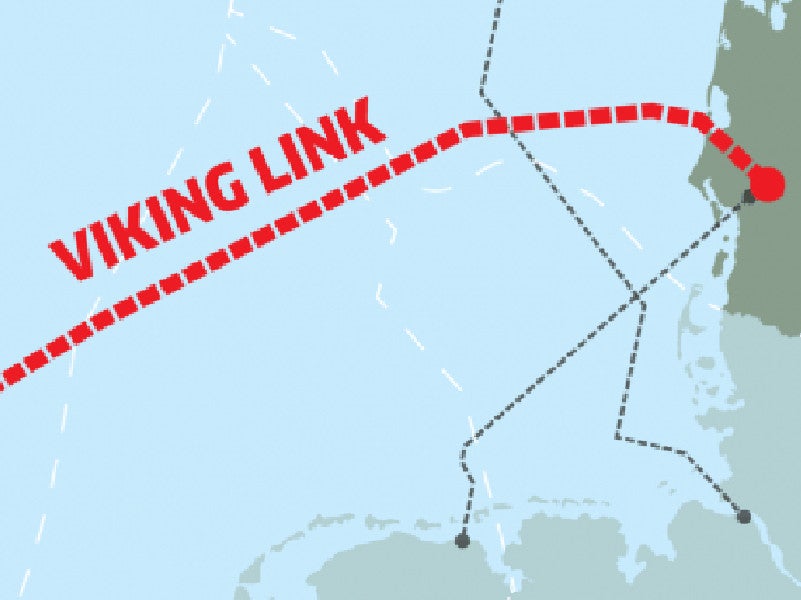The Viking Link Interconnector is a 760km-long 1.4GW high-voltage direct current (HVDC) transmission line being developed to connect the Danish and British transmission systems. Scheduled to enter service in 2023, it will be one of the world’s longest interconnectors.
The interconnector project is being developed through a 50:50 joint venture between National Grid Viking Link (NGVL), a subsidiary of the UK’s National Grid, and the Danish system operator Energinet.
Viking Link has been designated as a project of common interest (PCI) by the European Union (EU). It will facilitate the bi-directional flow of electricity depending on the prevailing energy demand and supply scenarios in Denmark and the UK, resulting in a more effective use of renewable energy in both the countries.
Estimated to cost £1.8bn ($2.2bn), the Viking Link will be capable of delivering enough electricity to power up to 2.7 million households a year.
Key contracts for the project were awarded in July 2019, while the construction works are expected to be started in 2020.
Viking Link Interconnector route and design details
The Viking Interconnector line will stretch for 760km connecting the Revsing substation in southern Jutland, Denmark, with the Bicker Fen substation in Lincolnshire, UK.
The transmission line will cover most of its distance through subsea route, as it will traverse through the exclusive economic zones (EEZ) of Denmark, Germany, the Netherlands, and Great Britain in the North Sea.
The interconnector will comprise two parallel HVDC cables, along with associated converter stations and substations at both ends. The operating voltages for the Viking Link will be ±525kV.
The marine section of the project includes two 620km-long submarine HVDC cables, while onshore under-ground cables at both sides will run for a total length of 120km.
In Denmark, a pair of 75km-long onshore underground HVDC cables will run from the existing 400kV Revsing substation located in the town of Vejen to the west coast of Jutland before taking subsea route.
The subsea line will make landfall at Boygrfit, East Lindsey, Great Britain, from where it will proceed through a pair of onshore underground HVDC cables connecting a converter station at North Ing Drove, South Holland, for converting the transmitted electricity from DC to alternating current (AC) and vice versa.
After conversion, the AC electricity will be transmitted through up to six underground cables connecting the existing 400kV Bicker Fen substation in Lincolnshire.
Both the Revsing substation in Denmark and the Bicker Fen substation in the UK will be expanded and installed with new equipment to facilitate the bi-directional transmission of electricity between the two transmission networks.
A converter station will also be built in Denmark, as part of this project.
Viking Link project background
The Viking Link project was initiated with the appointment of marine consultants in December 2015, while sea bed surveys for the project were started in March 2016 and completed in March 2017.
The project received EU Connecting Europe Facility (CEF) Grant approval from the EU Innovation and Networks Executive Agency (INEA) in July 2016.
The Danish Minister for Energy, Utility and Climate approved the Viking Link investment in October 2017, while National Grid confirmed £850m ($1bn) investment in the interconnector project in November 2018.
Planning consents for the onshore segment of the project in the UK were obtained in December 2018, while National Grid and Energinet signed a Joint Ownership and Operations Agreement (JOOA) to construct and operate the interconnector line in the same month.
Financing
National Grid and Energinet are investing £850m ($1bn) each in the project, while the remaining project cost is funded by the EU.
Contractors involved
Prysmian Group received a turnkey contract worth £629m ($785m) in July 2019, for the design, manufacture, and installation of the entire 1,250km of submarine cable and approximately 135km of underground cables on the UK side.
NKT was awarded an £81m ($101m) contract to supply 150km of underground onshore cables on the Denmark side, in the same month.
Siemens will supply and install two converter stations on either side of the transmission line under a £270m ($336m) contract awarded in July 2019.
Intertek and NIRAS were appointed as marine consultants for the project in December 2015, while the seabed survey works were carried out by Fugro Survey.





